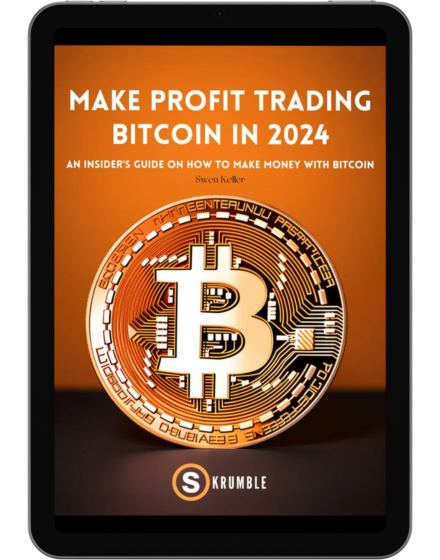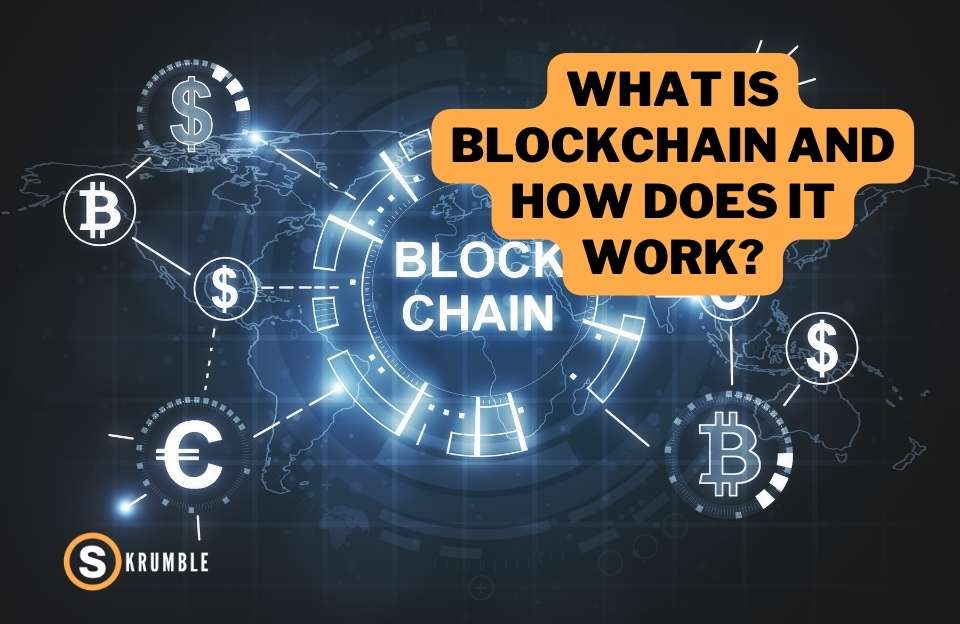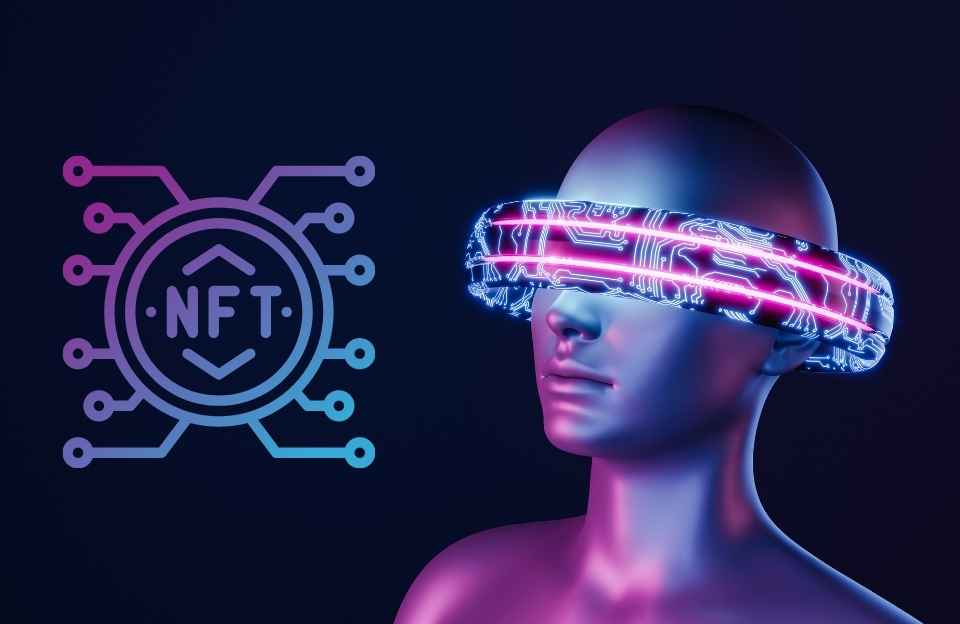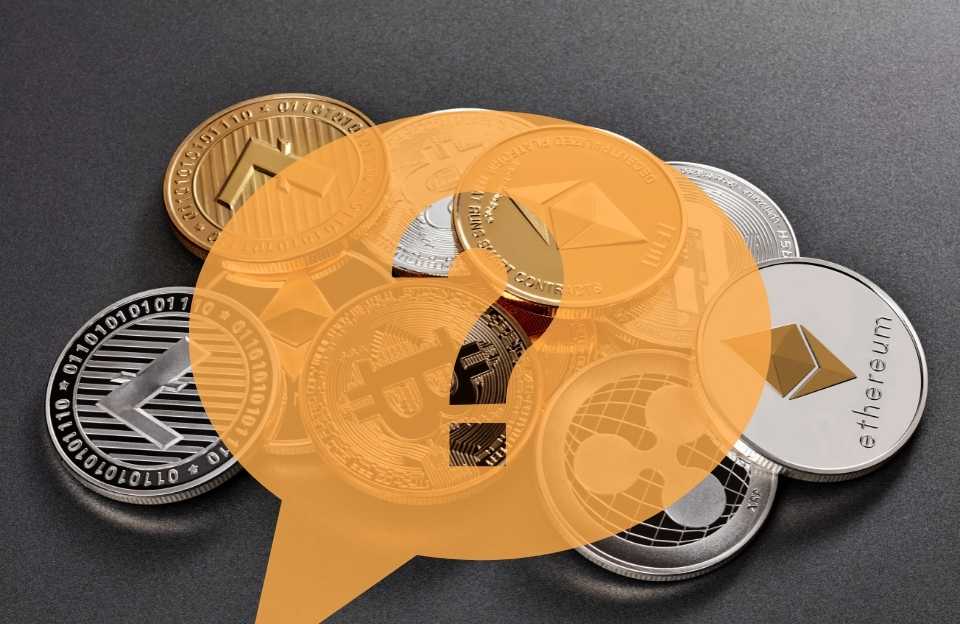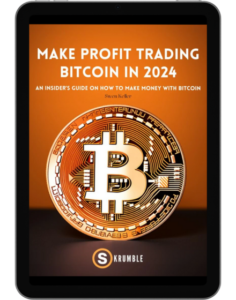Carla Moretti
- Home
- /
- Guides
- /
- Intermediate
- /
- What Is Tokenomics and...
What Is Tokenomics and Why Is It So Important?
Carla Moretti

What is Tokenomics?
Simply put, tokenomics (or token economics) is the study of how the economy of a particular cryptocurrency project works within the ecosystem. It is undertaken to analyze a crypto token’s supply and demand characteristics.
Tokenomics of crypto tokens is arguably the most important thing to get an idea about the longevity and growth potential of a project. This article will dive deep into what tokenomics is and why it is so important.
What Is a Token?
In order to answer ‘what is tokenomics,’ you first need to know what a token is and how crypto tokens work. Tokens are digital units of a cryptocurrency that represent any specific use in a blockchain ecosystem or network. Though tokens have several purposes, the three most common use cases are security, utility, and governance.
Almost all crypto tokens have some pre-determined rules and regulations regarding their creation, issuance, and supply. This factor makes it possible to calculate and predict their performance over time. Though most crypto projects allow you to change these pre-set rules, it usually requires a large number of people to come to an agreement on one point, which is relatively difficult. This provides greater confidence and comfort to token holders.

Tokenomics Explained
The term ‘tokenomics’ is an amalgamation of two words, i.e., token and economics, which simply refers to studying the economic factors of a crypto project’s token. This study focuses primarily on the supply and demand aspects of the crypto token under review.
Throughout history, wherever people used something as a currency, they had a proper economic structure. For the longest time, these structures and systems have always been controlled by monarchs or a small group of individuals in the government. During wars and droughts, governments would typically use the easier option, i.e., minting new units of currency out of thin air instead of generating revenue to finance expenses. Though it would solve the issues temporarily, printing additional cash this way reduces its value, eventually leading to inflation in the economy.
However, thanks to the decentralized nature of blockchains, such thoughtless decisions are not possible with cryptocurrencies. There is no central entity that can make choices to alter the economic structure of the ecosystem for temporary benefits. Instead, the token economy is governed by a set of codes and algorithmically generated schedules.
Not only do the pre-determined regulations and schedules make the economic system stable, giving participants more confidence in the network, but it also allows anyone to analyze several features of a project’s economy. As a result, we can predict how a particular crypto token would hold its value over time and what to expect from it.
Key Features of Tokenomics
Though every crypto project has its own tokenomics, the factors you need to consider are more or less always the same or similar. Any element of tokenomics that can even remotely affect the value, supply, and demand of a cryptocurrency is worth-analyzing. Following are some of the essential features of a cryptocurrency’s tokenomics.
Token Supply

Supply is the first and primary metric of crypto tokenomics that affects the value of the cryptocurrency. There are three types of supply factors to consider whenever studying tokenomics of any cryptocurrency project: maximum supply, circulating supply, and total supply.
The maximum supply is the number of total tokens that will ever be created. If this number is low, chances are that the price per token will be quite high. Alternatively, if any crypto project has a massive maximum supply, its tokens will be priced low. Take the example of Bitcoin, which has a maximum supply of only 21 million tokens. Compare it with XRP, which has a maximum token supply of 100 billion tokens. As a result, the BTC token is currently trading at over $21,000, while XRP is priced only at $0.35.
Non-fungible tokens (NFTs) have a small maximum supply, making them highly scarce. The globally popular Bored Ape Yacht Club NFT collection has only 10,000 tokens.
Moreover, the maximum supply is not necessarily capped for each cryptocurrency. Many cryptocurrencies like Dogecoin have no fixed supply, meaning an unlimited number of DOGE tokens can be created. Unless several factors create demand to meet the ever-increasing supply, such cryptocurrencies become inflationary and lose their value over time.
Circulating supply refers to the total number of tokens in circulation. These tokens are available to the public to trade. The circulating supply increases as more tokens are created and released into the market. However, it can also decrease due to events like coin burns. A sudden rise in circulating supply can result in price dumps.
The total supply is the number of crypto tokens created since the project’s inception. Don’t confuse total supply with circulating supply, as the former also includes tokens already created but locked up in escrows. Hence, the total supply is a sum of the circulating supply and the tokens yet to be released into the market.
Utility
Utility means the different use cases designed for a particular token. There are absolutely no limitations when it comes to utility. A crypto coin can be created for literally any purpose and use.
For example, a blockchain-based game token can be used as a digital currency to purchase, sell, and exchange different in-game items. Stablecoins, such as Tether, USD Coin (USDC), and BUSD, are pegged to fiat currencies. They are meant to be used as crypto substitutes for traditional currencies while trading. The native cryptocurrency of the Aave protocol (AAVE), is used to take out crypto loans. Similarly, different DeFi tokens can have different use cases.
The more the use cases of a token, the more the demand for it. Hence, the greater its value will be. It is why meme coins like Dogecoin and crypto projects with little to no utility have uncertain price action. On the other hand, native tokens for smart contracts blockchain, such as Cardano (ADA), Polkadot (DOT), and Solana, are expected to increase in value over time, as they have multiple applications within the ecosystem, including transaction fees, staking, and more.
Token Distribution
Token allocation or distribution is another important element that can significantly impact the token’s value as well as its supply and demand. Before investing in any cryptocurrency project, it is crucial to properly analyze how its tokens are distributed among different entities, i.e., the public, early investors, founding team, etc.
Crypto tokens are typically launched and created in two ways: a pre-mining launch and a fair launch. A fair launch is when there are no private sales or token allocations before making the crypto asset publicly tradable. Bitcoin and Dogecoin are two examples of crypto tokens launched this way.
The other and the more popular method is the pre-mining launch. Through this strategy, founders can mint a portion of the maximum token supply and distribute it to a selected group of people, such as developers and early investors. A large number of cryptocurrencies, including Ethereum, BNB Coin, and XRP, were launched using this strategy.
If a limited number of wallets hold a significant share of the token’s supply, it is generally considered a risky project to invest in. For instance, an early investor holding an outsized portion of a cryptocurrency can sell his funds at any time to cash out profits, boosting the market supply and resulting in a price dump.
In the case of pump-and-dump cryptocurrencies, scammers create hype around a fraudulent token by marketing it on social media platforms. After the price hikes due to the retail interest, they suddenly drop the crypto’s price to almost zero by selling the massive number of tokens they hold. One way of avoiding such fraudulent cryptocurrencies is to check how the tokens are distributed. If a limited number of wallets hold most of the total supply of the token, it is typically a red flag.
Token Burns
Many cryptocurrencies have token-burning mechanisms to reduce the total supply. Token burns refer to a phenomenon where a certain number of tokens are permanently removed from the circulating supply. It is done by transferring tokens to a crypto wallet (aka burn address) from where they can never be retrieved, effectively locking them up for eternity.
Many cryptocurrencies with an uncapped maximum supply use burning mechanisms to retain their price. Ethereum is one such example. In August 2021, after the London Hard Fork, the cryptocurrency started burning a portion of its total supply sent as gas fees instead of sending it to miners. Though an unlimited number of ETH tokens can be created throughout its existence, Ethereum has become a deflationary cryptocurrency thanks to this burning routine.
However, the burning mechanism is not limited only to cryptocurrency with an uncapped supply. BNB Coin, which has a fixed supply of 200 million pre-mined tokens, uses an auto-burning system to remove tokens from circulation and reduce the supply permanently. At the end of every yearly quarter, a certain number of tokens are burned automatically based on the number of transactions processed and blocks created in that period. The BNB burning will continue until 50% of the supply is destroyed. So far, a total of 38,683,447.66 BNB (almost 19% of the supply) tokens have been removed from circulation.
Market Capitalization

Market capitalisation (or market cap) means the total dollar value invested in a project. In the cryptocurrency space, the market cap at any particular time is calculated by multiplying the total number of tokens ever minted with the price of a single token at that time.
The market cap of any cryptocurrency reflects the retail and institutional interest in it as well as its stability in the market. Think of cryptocurrencies with bigger market caps as cruise ships. Cruise ships are safer and more stable during bad weather than smaller boats. Similarly, big market cap cryptocurrencies are more stable during bear markets and downtrends compared to smaller cap projects.
New crypto investors make a common mistake of taking a single token’s price as a rough gauge for how established the cryptocurrency is. However, it’s a flawed practice that can mislead you. To make it clear, compare two different cryptocurrencies: Cardano and yearn.finance.
The Cardano token (ADA) has a current price of only $0.46, while the yearn.finance token (YFI) is being traded at $9,700. However, the total supply for Cardano is almost $34 billion, making its market cap a whopping $15.6 billion. On the other hand, only 36,666 YFI tokens exist, making up a market cap of $355 million only. Even though the latter had a higher price per token, after the market cap analysis, we can quickly figure out that Cardano is a much bigger and more established project.
Tokenomics – Now and Future
Tokenomics is a key factor in determining how a project will perform in the future. Whitepaper and crypto data tracking sites, such as CoinMarketCap and Live Coin Watch, give you enough data to find out a coin’s supply/demand factors. Using this information and a thorough understanding of tokenomics, anyone can easily analyze a project’s future prospects.
Moreover, the continuous expansion and popularity of cryptocurrencies in different industries emphasise the need to learn token economics. Though the technology is still in its early stages, it’s already causing waves in the fintech industry worldwide. The rising interest in blockchain innovations and decentralised finance makes this the best time to learn about tokenomics.
FAQ
Most frequent questions and answers
Since staking removes tokens from the market and locks them up on the blockchain network for a certain period, it reduces the cryptocurrency’s circulating supply.
Fair launch in crypto means when a token is released publicly for everyone to purchase at the same price. It allows fair and equitable distribution of crypto tokens.
Crypto data tracking websites, such as CoinMarketCap, Live Coin Watch, and CoinGecko, are the most popular sources to learn the tokenomics of a cryptocurrency. Moreover, you can find an in-depth explanation of these metrics in the project’s whitepaper.
When a cryptocurrency reaches its maximum supply, no more new crypto tokens are minted, and the circulatory supply ceases to increase. At this stage, the cryptocurrency is expected to become deflationary.
Skrumble.com provides all its content for informational purposes only, and this should not be taken as financial advice to buy, trade, or sell any investment instruments or products, including but not limited to cryptocurrencies, or use any specific exchange. Please do not use this website as investment advice, financial advice, or legal advice, and each individual’s needs may vary from that of the author. Investing in financial instruments, including cryptocurrencies, carries a high risk and is not suitable for all investors. It is possible to lose the entire initial investment, so do not invest what you cannot afford to lose. We strongly advise conducting your own research before making any investment decisions. This post includes affiliate links with our partners who may compensate us.
To view our privacy policy read here.

